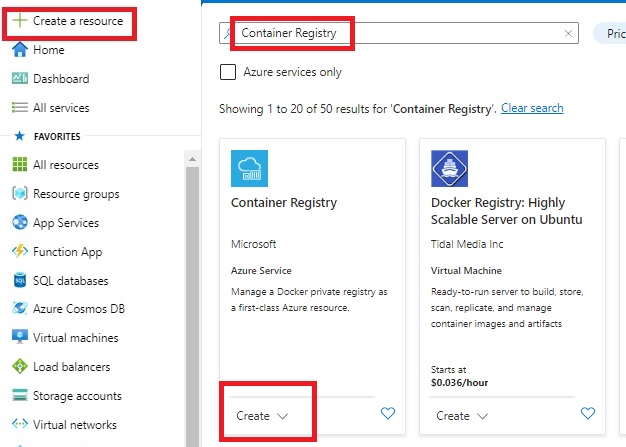Adapter Design Pattern
Adapter pattern is categorized under structural design pattern that adds a layer of abstraction between two incompatible components of an application to make them compatible.
Possible use cases for adapter pattern
The Adapter pattern is used when you want to use an existing class but its interface is not compatible with the interface required by the client. The Adapter pattern allows you to create a wrapper class that implements the required interface and delegates the calls to the existing class. Here are some common use cases for the Adapter pattern:
1. Integrating legacy code
The Adapter pattern is often used to integrate legacy code into a new system. If you have existing code that you want to reuse, but its interface is not compatible with your new system, you can create an Adapter class that adapts the old interface to the new one.
2. Interoperability
The Adapter pattern can be used to allow two systems that have incompatible interfaces to communicate with each other. For example, if you have a third-party library that uses a different interface than your application, you can create an Adapter class that translates the calls between the two interfaces.
3. Supporting multiple interfaces
Sometimes, you may want to provide multiple interfaces for the same class. For example, if you have a class that implements a specific interface, but you want to provide a more general interface for the same functionality, you can create an Adapter class that implements the more general interface and delegates the calls to the original class.
4. Simplifying complex interfaces
The Adapter pattern can be used to simplify a complex interface by creating a wrapper class that provides a simpler interface. For example, if you have a class that has many methods and properties, you can create an Adapter class that exposes only the methods and properties that are relevant to the client.
Implementation
Implementation of the adapter pattern include following steps
1. Let's assume we have existing codebase to start with as shown below.
Advantages of adapter pattern
Adapter pattern helps to improve reusability of old functionality.
How do you choose between class adapter and an object adapter?
The choice between a class adapter and an object adapter depends on the specific requirements of the project. Class adapters are best suited when you want to adapt an existing class and reuse its implementation but this can lead to tight coupling between the adapter and the adaptee. Object adapters are best suited when you want to adapt an existing class without modifying its interface, and when you want to be able to use multiple adapters with the same adaptee.
In the Adapter pattern, object composition is used to create an object adapter, while class inheritance is used to create a class adapter. Object composition is often preferred over class inheritance because it allows for greater flexibility and modularity.
What is two-way and one-way adapter in the Adapter pattern?
A two-way adapter is an adapter that can convert data in both directions between the client and the adaptee. This means that it can adapt the interface of the adaptee to the client's interface and vice versa. A one-way adapter, on the other hand, can only convert data in one direction. It can either adapt the interface of the adaptee to the client's interface or vice versa, but not both.






Comments
Post a Comment